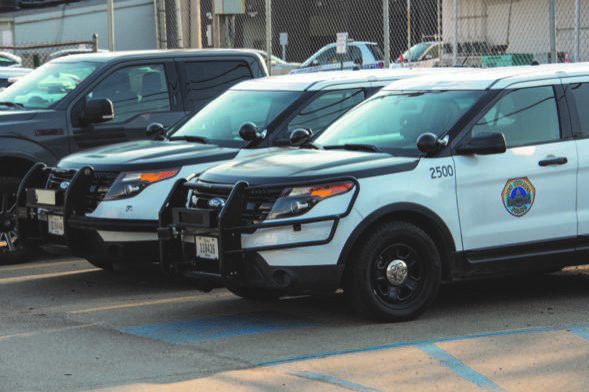Crime in Des Moines: an examination of gang activity

by CALEB LILLQUIST
Students at Drake University, especially newcomers, have frequently heard the phrase “Drake is in a bad part of the neighborhood, so be careful.” This common generalization is not necessarily the truth, however.
Dan Ramaeker, a former Department of Criminal Investigation agent, often worked surveillance and informants in the streets of Des Moines.
“We spent a lot of time up on University and chasing people around there and following our guys up there for drug deals,” Ramaeker said in regard to that generalization. “There was a lot of stuff going on in the East University and even down by Drake.”
He also noted the Italian Mob that was prevalent on the East Side of Town when he worked years ago. Even with the past crime, Ramaeker said that it has been cleaned up over the years.
“It’s always been a tough part of Des Moines and I don’t think people understand how tough some parts can be,” Ramaeker said of gang violence and activity. “Down around Drake is where a case for a pound of heroin developed back in the 70’s when I was working surveillance.”
An undercover officer discussed the various gangs that are prevalent in town, especially those active by the university. The gangs that the officer listed off were the Outlaws, C-Block, Heavy Hittaz, EBK, Gunna Gang, 500 Gang, 600 Gang, ABM, Fry/66, and La Familia.
“[The gangs] all operate differently…some are primarily juveniles, some focus on violence and guns, some focus on selling drugs, etc,” the officer said.
These gangs were noted to be active around the university as well as around the entire town.
Des Moines police officer Sergeant Paul Parizek, the top dog of the Des Moines street patrol, weighed in on the various crime rates in town along with how students at Drake can stay safe, especially when going off campus.
“The neighborhoods surrounding the Drake campus are full of historic homes, and businesses that keep the area economically solid, and busy. Unfortunately, over time many of those properties were, for a variety of reasons, under-maintained and allowed to significantly devalue. In times of poor economical investment in a neighborhood, crime often follows,” Parizek said. “The ‘broken-windows’ theory is a real thing. In recent decades, the city and university have partnered with a variety of organizations to revitalize those neighborhoods, renovate properties, build new affordable housing options, and create a neighborhood that is safe and vibrant year round.”
“Student safety is a priority in and around the Drake campus. Environmental design changes (lighting, emergency call boxes, etc) contribute significantly to student safety, but the single most important factor is student behavior,” Parizek said. “Most crimes that impact students in and around college campuses are crimes of opportunity. A criminal sees an opportunity and he seizes it. Eliminating the opportunity is the goal.”
In regard to neighborhoods that students need to stay away from, Parezik said that there really are no areas of Des Moines that anyone should steer clear of. Neighborhoods are diverse, crime is transient, and it often follows the path of least resistance. Combining the environmental design security measures with situational awareness will make the biggest difference in keeping any neighborhood safe. Citizen engagement is crucial when it comes to crime-fighting. It can be as simple as the phrase “see something, say something.” Parezik urges students who witness a crime or see something that looks genuinely suspicious to call the police.
The sergeant said that gang activity can be fickle. While Des Moines has had a gang presence since the late 1980s, it has become increasingly disorganized. That can be a double-edged sword, said Parezik. It can make the investigation of criminal activities easier at times, because they aren’t criminal masterminds, but it also adds a layer of unpredictability.
Dependant upon who is calling the shots, they may be involved in drug distribution, organized theft or simply a nuisance in a neighborhood impacting the quality of life with disturbances like loud parties or graffiti. This is why our policing strategies and priorities have evolved over time. Instead of the historical reactive policing, we focus on being proactive.
According to Parezik, the DMPD actively pushes prevention (keeping kids out of gangs), intervention (getting kids out of gangs), and suppression (disrupting their criminal activities and locking thugs up).
The police department also hosts a variety of youth programs that are typically athletic or educational, and has a strong partnership with Des Moines neighborhood associations to create an environment where gangs can’t function.
“The one thing that no gang can withstand is constant scrutiny,” Parezik said. “Not C Block, not the Heavy Hittas, not a biker gang, and not a supremacist group. With the police and community on them, they fold like cheap card tables”.
